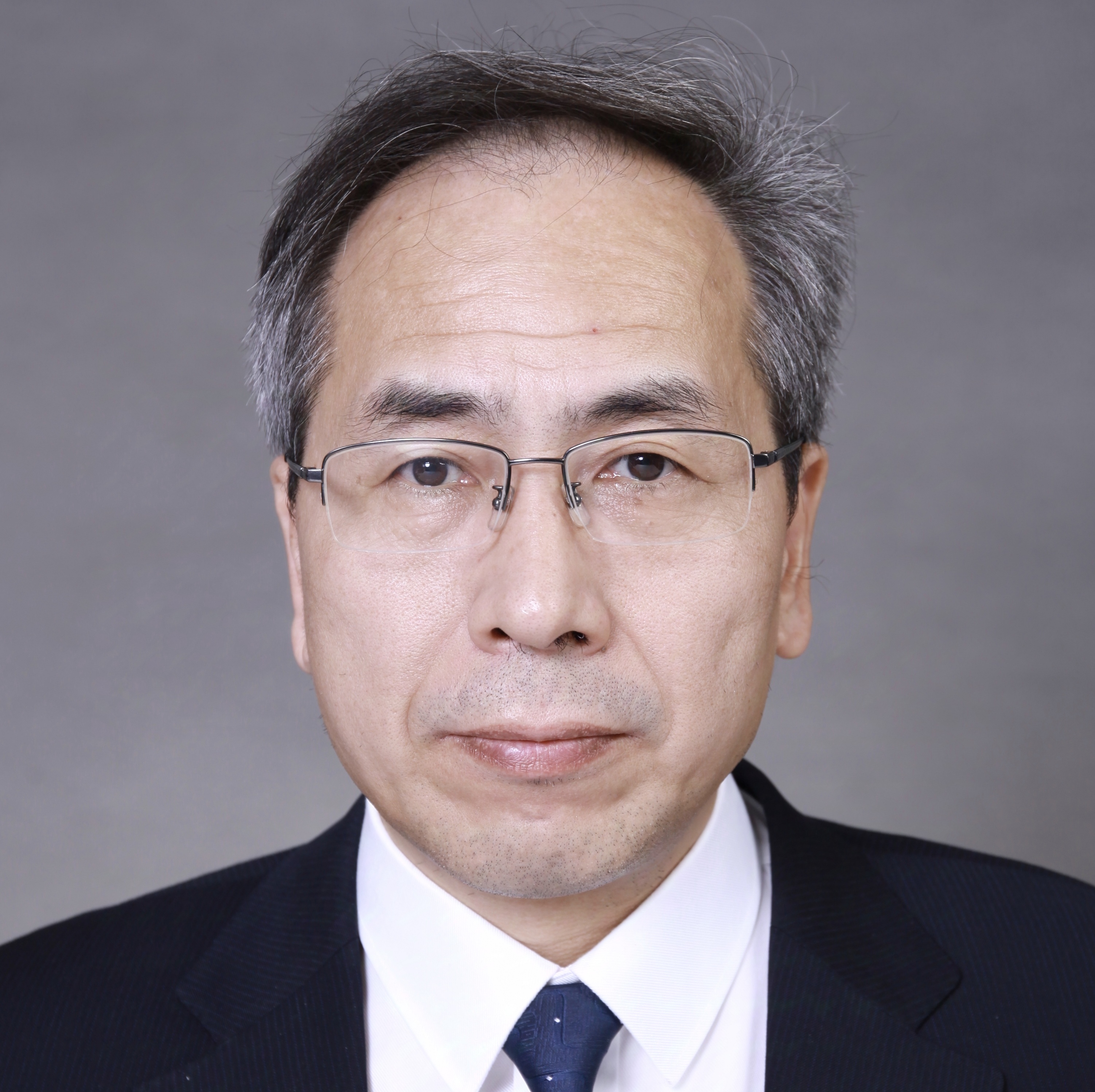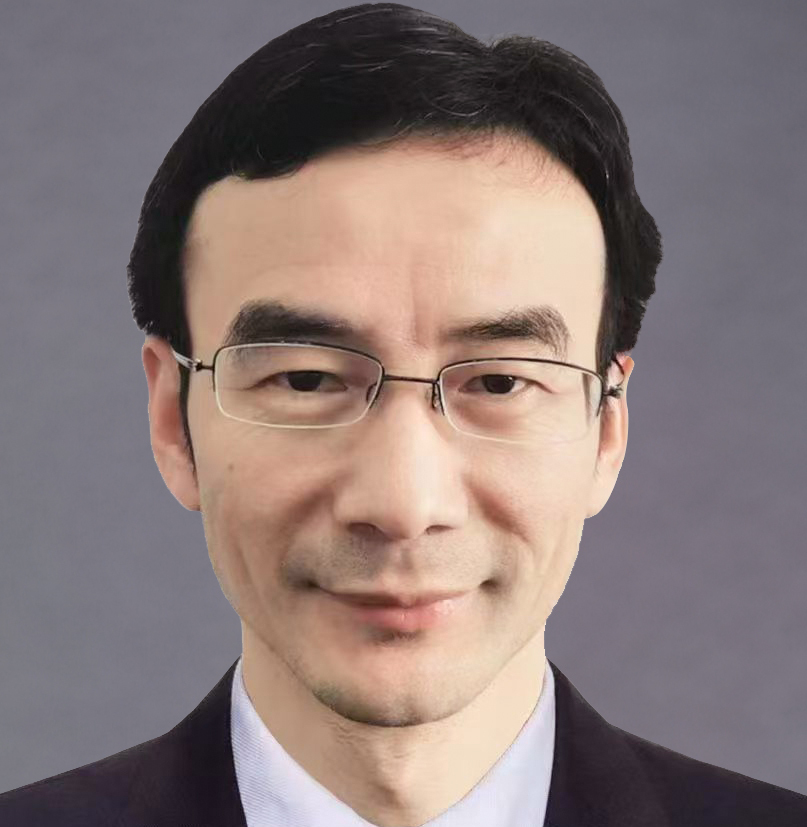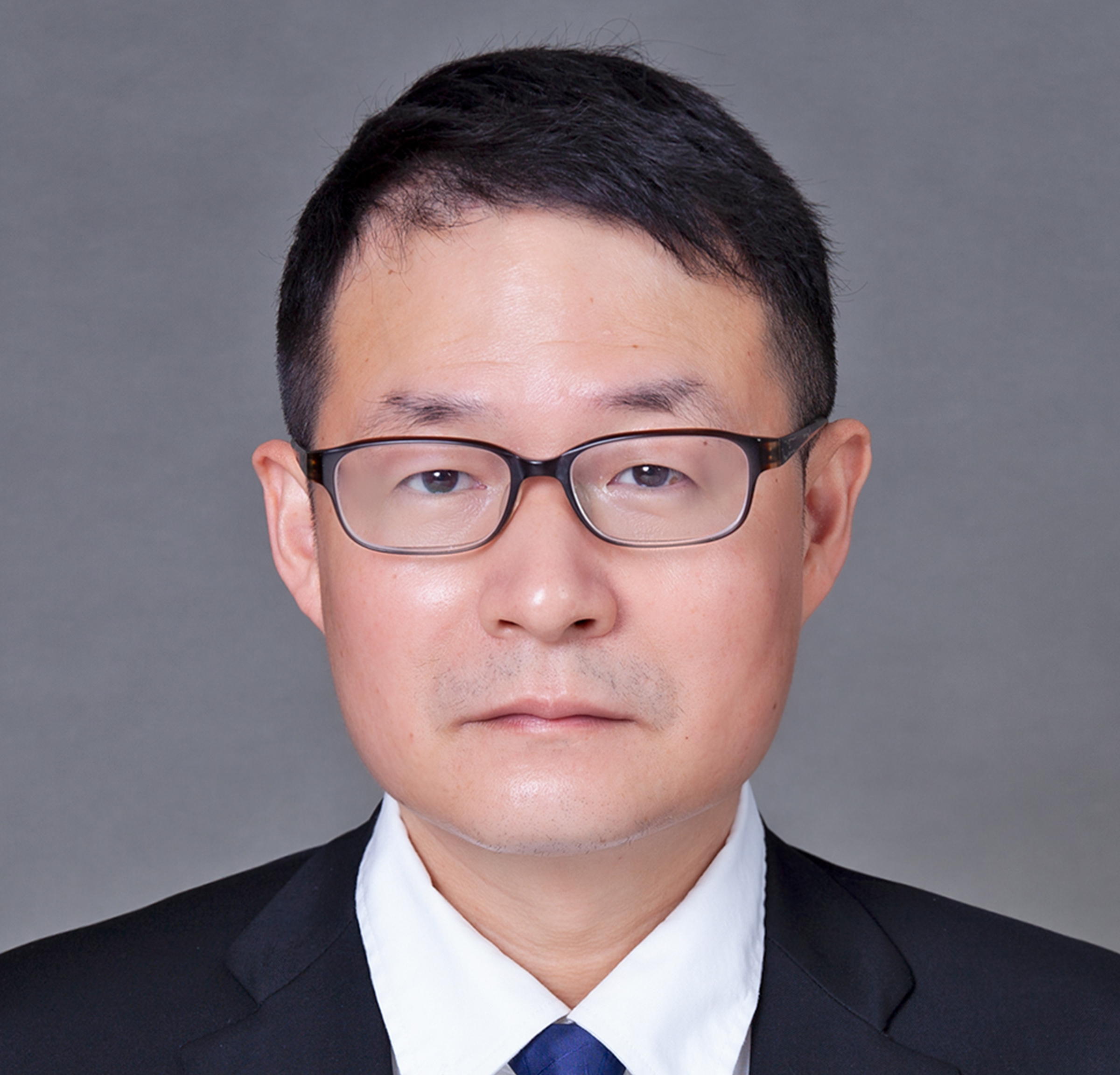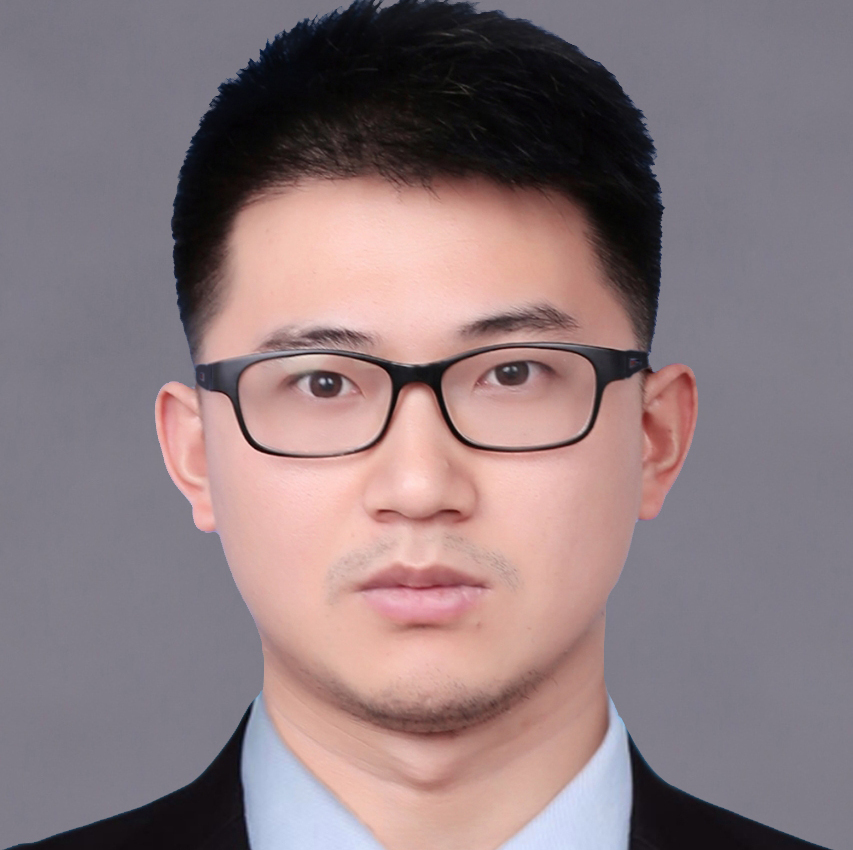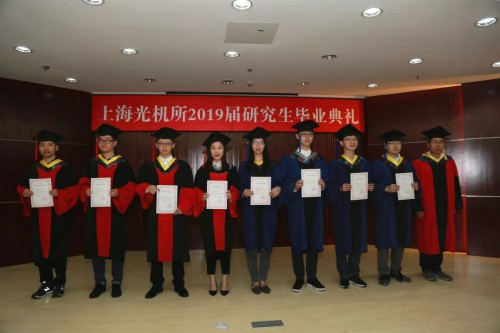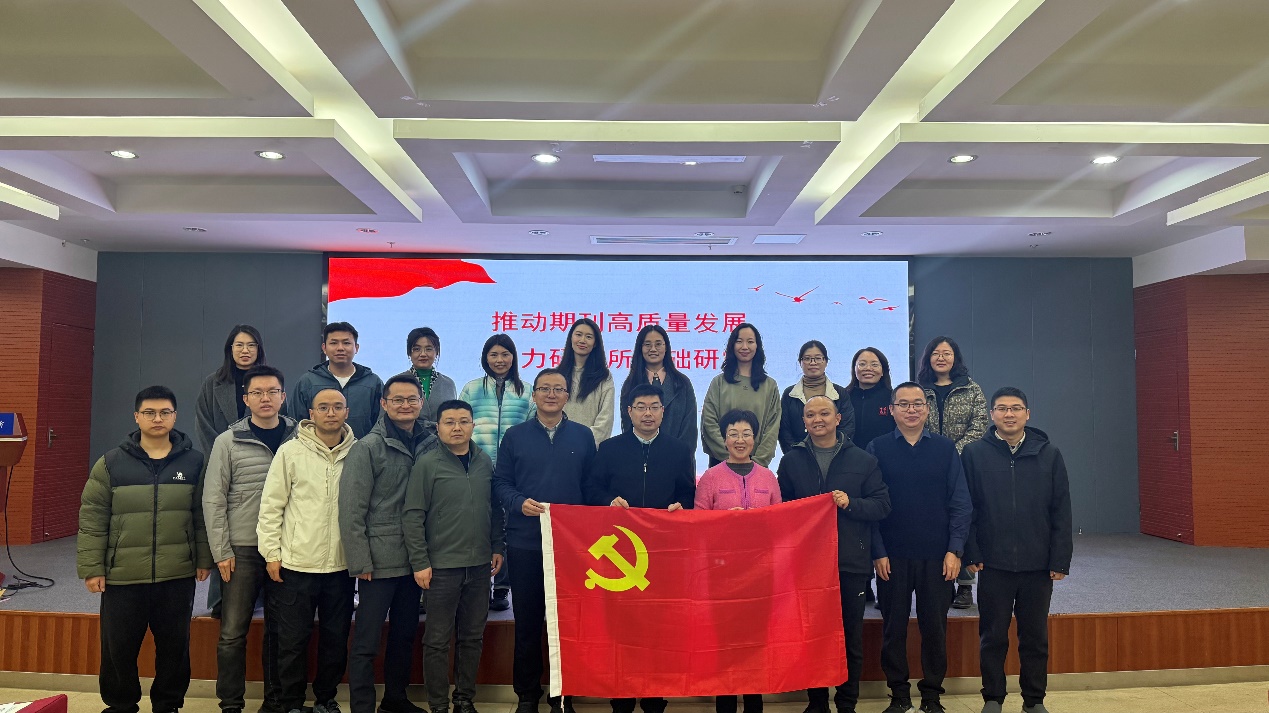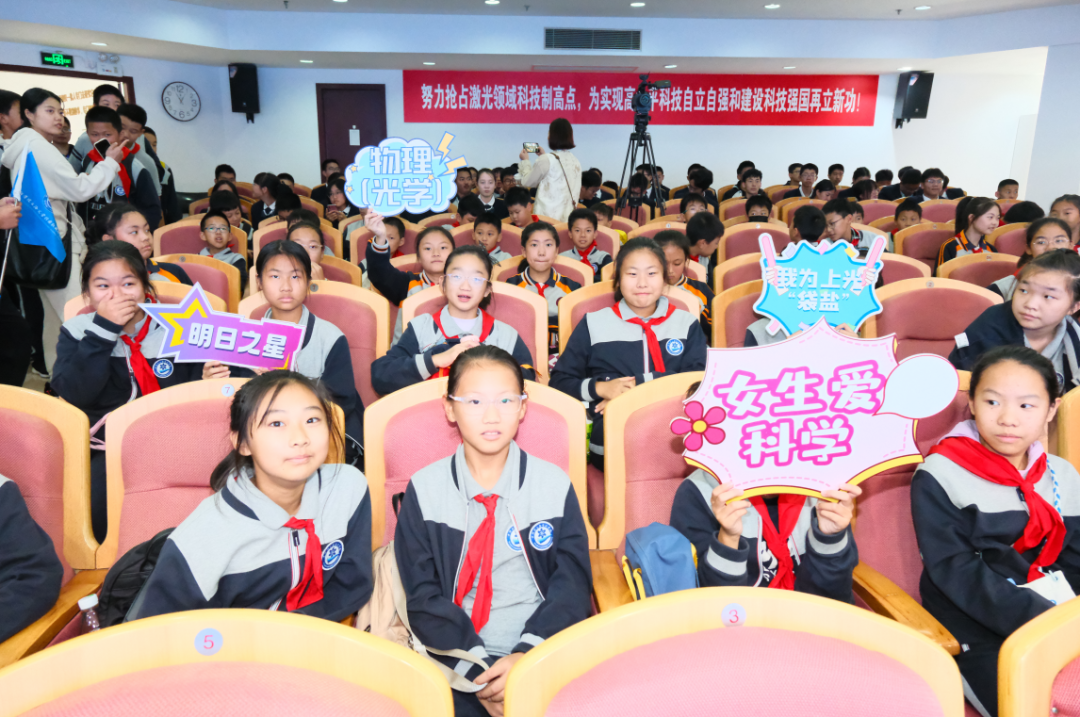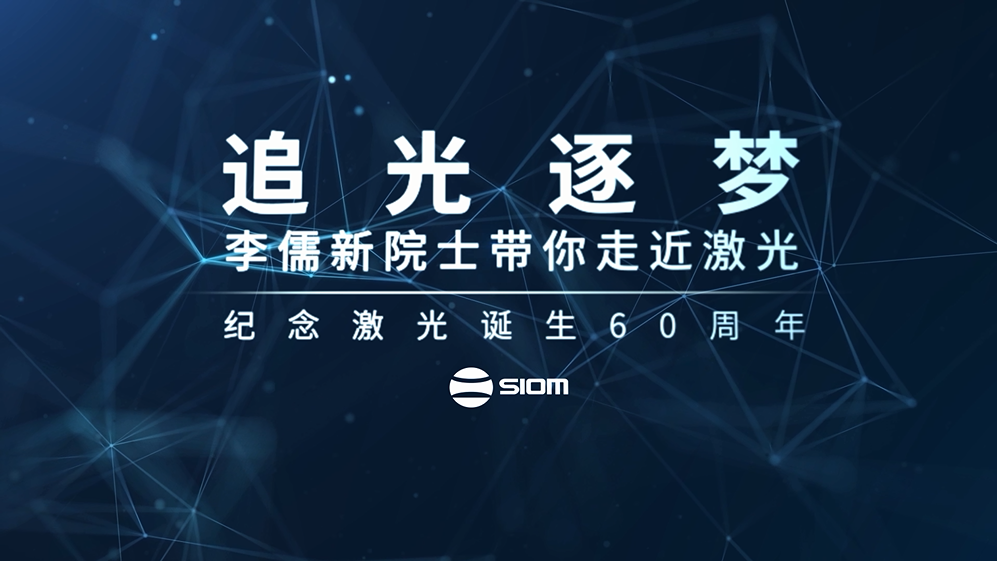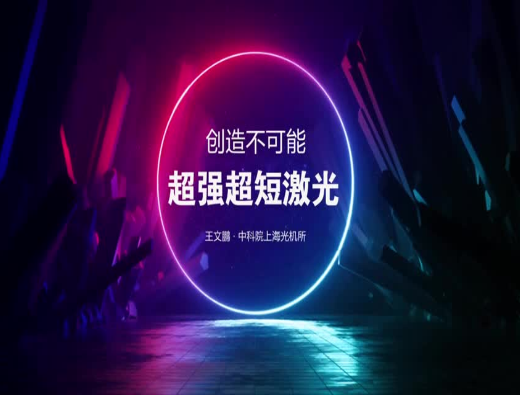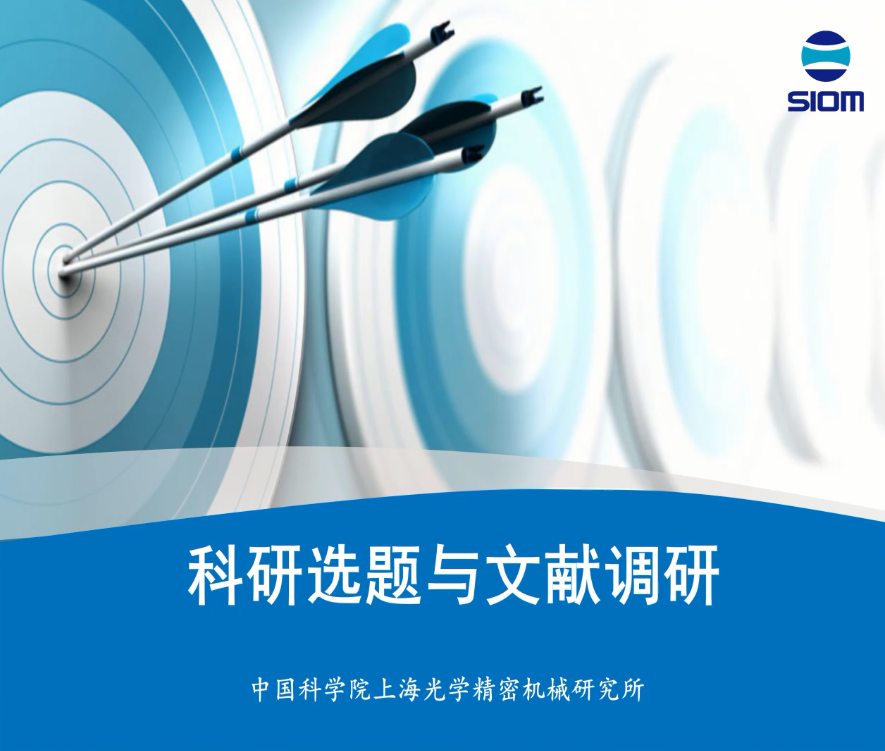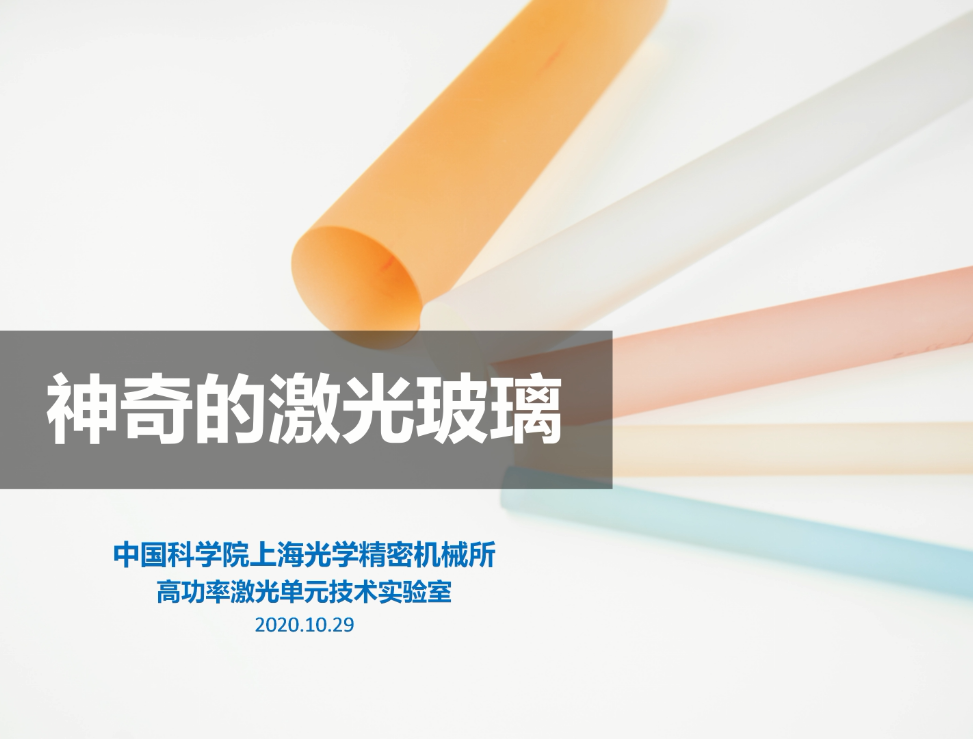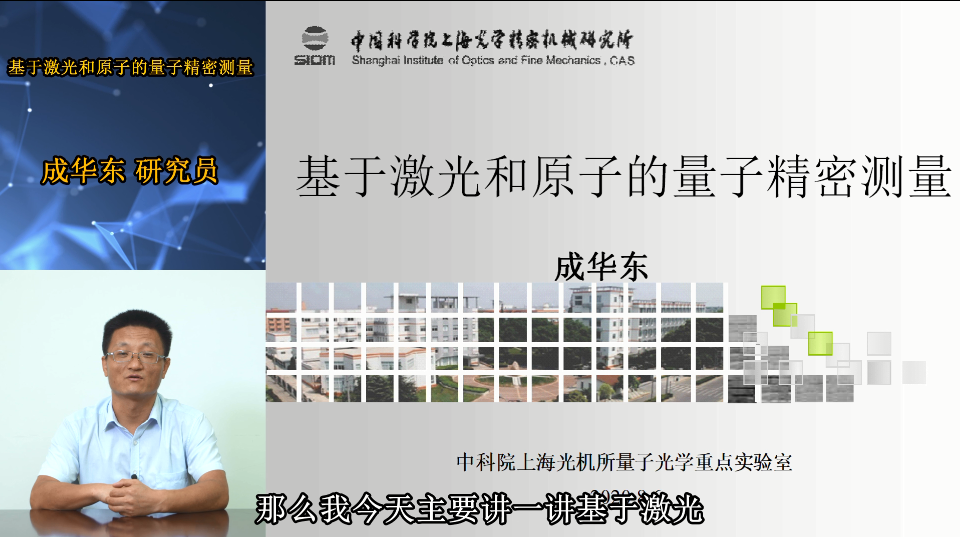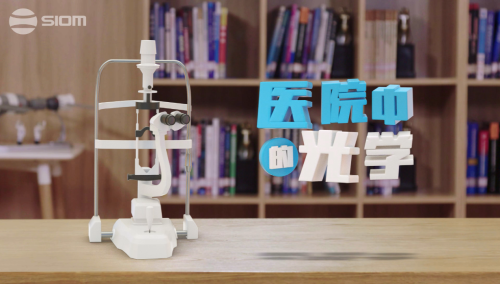Author:Pascal Picart is a Professor at Le Mans Université, France. He graduated from the école Supérieure d’Optique in 1992 and received his PhD in physics from the University of Paris XI, Orsay, France, in 1995. He joined Le Mans University in 1996. He is the author of 90 journal papers, 17 invited talks, 92 articles in international conferences, 6 book chapters, coordinated 3 books and co-founded one start-up. His research topics are connected with coherent imaging based on digital holography and its various applications to acoustics, mechanics and fluid mechanics.Pascal Picart is member of the Optical Society of America (OSA), SPIE, Société Fran?aise d’Optique (SFO), European Optical society (EOS), Club EEA, Institute of Electrical and Electronics Engineers (IEEE).
Abstract: Coherent imaging appeared in the past decades and it has now reached a high level of maturity so it is quite ready to move to industrial applications. This 45-50min seminar aims at introducing coherent imaging and describing its basic principles and features. Architectures related to digital holography are thus explained. Especially, the basic scheme for image encoding and reconstruction will be discussed and this will lead to discussions on coherent phase imaging. Then, the problems related to speckles will be detailed and discussion on the genesis of a speckle pattern and on statistics of speckle pattern are investigated. From the holographic recording, the problem of phase retrieving will be addressed. We will attack the question of measurements based on phase imaging, and this will lead to description of a few applications, among them phase tomography, red blood cell imaging, two-wavelength profilometry, and transient vibration measurement. A few bibliographic references will conclude the seminar.
2, High Speed Imaging : Recent developments & Applications
Author: Pierre Slangen is Professor at IMT Mines Ales (France) and head of the Computational photography and Virtual reality facility. He received his PhD in Physics from University of Liege, Belgium (1995).Since 20 years, he is mainly working on interferometric, speckle and photographic techniques.Nowadays, Prof. Slangen is involved in coupling holographic and speckle techniques with high speed imaging for time-resolved measurements in fires, explosions, shockwaves or hypervelocity impacts. Open air large scale measurements of refractive index are also carried out by shadowgraphy and BOS (Background Oriented Schlieren).
Abstract: High speed imagers record images at much higher speed than perceived by the human eye, but also enable to analyze it in different time bases. Recording is the keystone of sensor. It can either be embedded or remoted. The advantage of the onboard system mainly relies on the transfer speed to the in situ memory (including at the photon to charge conversion site). Its major drawback can be the onboard memory size limit. Remote storage requires the transfer of information very quickly to networks of high speed discs. If the main advantage lies in virtually infinite memory size, major drawback is the transfer speed between the camera and the external memory device. Choosing an appropriate high speed camera must be done by selecting, the maximum frame per second rate, minimum exposure time versus sensitivity and maximum recording time versus resolution and speed. Some imagers can now lead to 7kfps in relatively large resolution to 20kfps for reduced 1Mpixel images. Optics and light sources are important as continuous light require freezing the object movement by the camera exposure time, while pulsed source will remove the motion blur. For imaging, pulsed laser source in uncoherent radiation can even be used. Aperture of the optical system will determine speckle size or depth of field. Most of the imagers can be employed lensless for digital holography purposes. Small sensitive pixel will then be very attractive for this. This paper presents the recent developments of HSI and different applications.
3, Noise processing in digital images and applications to digital holography in acoustics
Author: Silvio Montrésor is associate professor in the Department of Computer Science at UFR Sciences & Techniques at Le Mans University.His teachings focus mainly on signal processing and images. He is involved in the vibration acoustic and computer sciences sectors at ENSIM. Silvio Montrésor is within the Laboratory of Acoustics at Le Mans University (LAUM CNRS 6613) since 2000. His research work concerns the applications of signal and image processing to acoustics and in particular in the field of metrology and the study of materials.
Abstract: Digital holography is an unconventional method of coherent imaging. It is widespread in the field of microscopy and field measurements of displacements or surface forms. Its main advantage is that it enables the non-contact characterization of rough or non-rough surfaces of objects with high sensitivity and high precision. When the studied object is deformed under the action of any stress, which may be mechanical, acoustic, thermal, pneumatic, biological, etc ..., there appears a phenomenon of decorrelation of speckle which adds a high spatial frequency noise to the useful signal. Thus the phase map requires a filtering to be correctly exploited for a confrontation with a physical model of the studied object. The speckle noise can be of high level, and depends directly on the number of fringes generated by the variations of optical paths generated by the object, it is then necessary to apply a spatial filtering before considering the unwrapping of phase. Various methods have been applied to smooth these digital fringes but they have had only partial success. After considering some basics of digital image processing we present a short review of noise reduction approaches with application to digital holography in acoustics.



